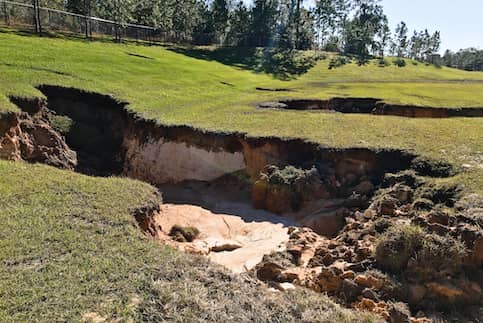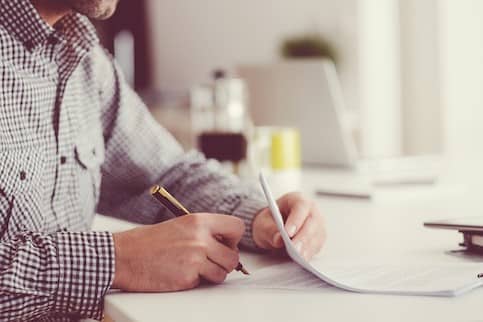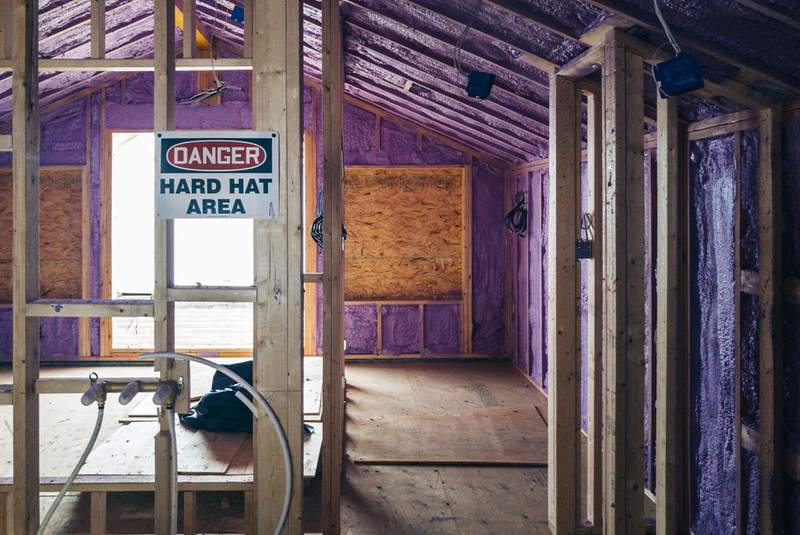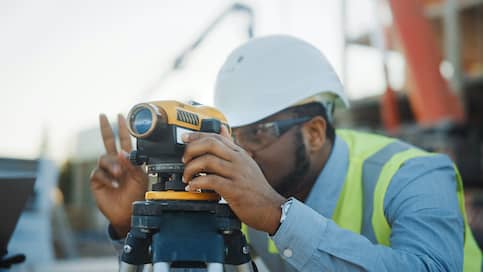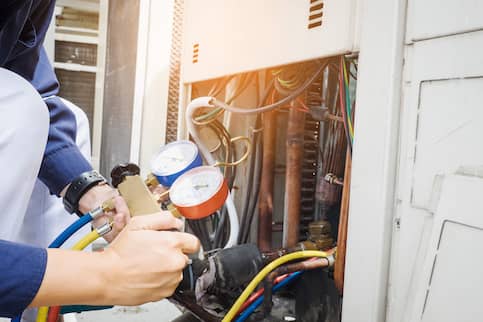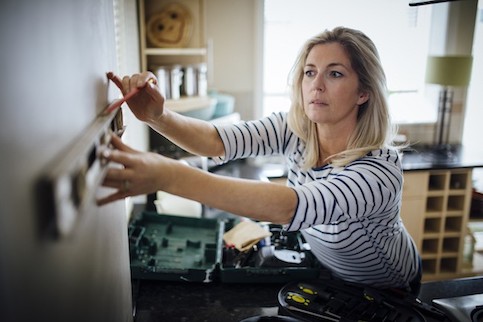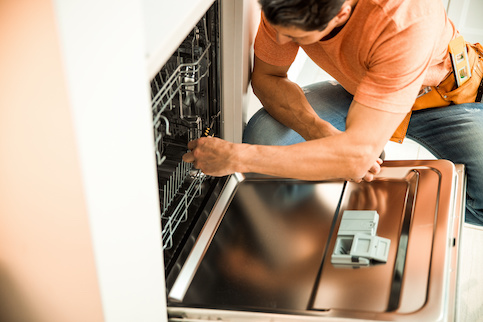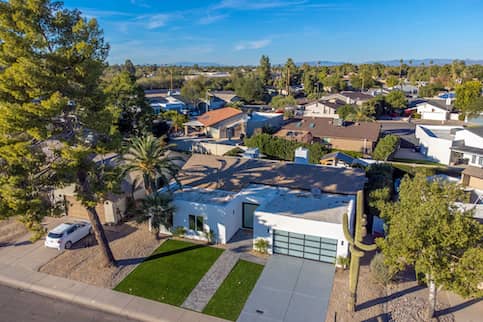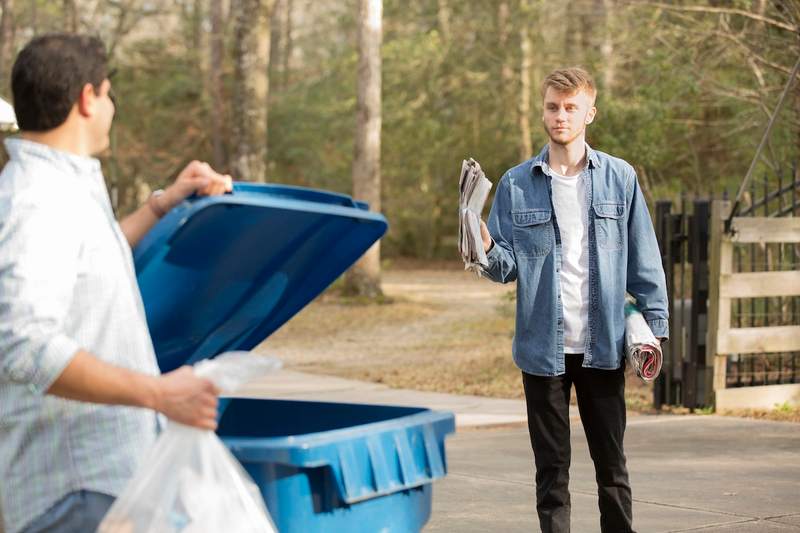Think quick! You’re relaxing on a Sunday afternoon when your devices start simultaneously screaming at you. Officials are warning that a disaster is headed your way. Do you have an emergency preparedness plan in place? Maybe disaster is not brewing on a local level, but you smell the unsettling stench of smoke when you realize your home is on fire. Are you prepared to get everyone out in an organized, thought-out fashion?
Life has a way of reminding us to expect the unexpected. From something seemingly as small as a tree falling in your front yard during a thunderstorm to having your entire life suddenly uprooted by a hurricane, you might find yourself in a situation where you need to make fast decisions to protect you, the members of your household and your home.
While you can’t plan for the moment you experience an emergency situation or natural disaster, you can prepare yourself in a way that will empower you and your household to take quick action that will lead to a smoother, and possibly quicker, recovery. It may even save a life.
What Is An Emergency Preparedness Plan?
An emergency preparedness plan outlines the actions you’ll take if you get caught in a natural or man-made disaster. A preparedness plan can help you and your family stay safe while weathering a storm, hurricane, flood or earthquake.
Experiencing a disaster can be scary and overwhelming, so you should always have a plan in place to keep your future self-safe and sane. Whether it be hurricanes, tornadoes, wildfires, earthquakes, fires or anything else, having a plan will not only keep you levelheaded, but you will also have many of the resources you might need after a fallout. It’s a daunting topic, but we’re here for you with a list of five ways you and your family can start preparing for emergencies or disasters, according to Ready.gov.
See What You Qualify For
Buy A Home
Discover mortgage options that fit your unique financial needs.

Refinance
Refinance your mortgage to have more money for what matters.
Tap Into Equity
Use your home’s equity and unlock cash to achieve your goals.
How To Prepare For A Natural Disaster Or Emergency Situation
When it comes to emergency planning, there are a few things to consider. While there are a few things that all emergency plans should have, factors like your place of residency may have an impact on what your situation looks like. A family that resides in Florida may have plans to prepare for a hurricane, while Californian’s may be better prepared for wildfires. Regardless of geological differences, you should follow these steps when creating an emergency preparedness plan.
1. Assemble An Emergency Preparedness Kit
An emergency preparedness kit is a crucial element of a disaster plan. While every kit will look slightly different, Ready.gov suggests your kit includes:
- Flashlights
- Batteries
- Cell phone chargers
- Water
- First aid kits
- Nonperishable food
- Battery-powered or hand-crank radio and a NOAA Weather Radio with tone alert
- Copies of important documents stored electronically or in waterproof containers
Depending on your situation, you may need to include additional resources like prescription medicine, feminine and personal sanitary supplies, pet food and extra water, books and games, a change of clothing, and supplies for infants including formula, diapers and wipes.
Make sure your supply kit is secured in airtight plastic bags, inside of easy-to-carry containers (like a plastic bin or duffle bag) and stored in accessible locations, such as your garage or the trunk of your car. For a complete list of suggested supplies, visit Ready.gov/kit.
2. Create A Plan And Practice
In the case of an emergency that requires you to leave your home, there should be an escape plan in place. It is important that this escape routine is practiced at least twice a year, and that everyone in your home knows the plan. You don’t want the first time you go through this to be during an emergency.
Keep in mind that some situations, like fires, involve smoke, which will limit visibility. To combat this, it is a good idea that everyone practices escaping by getting low and crawling out. It’s not a fun task, but drills are crucial to ensure that everyone can make it out safely if disaster strikes.
3. Establish Emergency Contacts
Emergency contacts are important elements in your preparedness plan. These should be reliable people who you can call if an emergency were to arise. It is a good idea that at least one emergency contact is out of town, and able to coordinate information with other members of your household, family and friends.
4. Know Your Escape Routes
So, disaster strikes and you need to evacuate. You feel good when everyone follows the escape plan and makes it to your designated meetup spot safely. You have your emergency kit on hand and you’re ready to get far away from the disaster brewing before you, but you turn and finally notice that a tree has fallen on your car, or debris is blocking the main road. Just your luck, now what? Well, you’re not panicked because you’ve thought this through, so you go with your plan B.
Maybe you’ve made a pact with your closest neighbors stating that if either of you can’t evacuate due to vehicle issues, you will carpool to safety. Maybe you’ve done your research and prepared for this moment, so you’re aware that there’s a backroad that will lead you to shelter. We know that things do not always play out as we hope, so you should always have a plan for multiple escape routes. Save yourself the stress by being equipped with a backup plan in the case that plan A ever fails.
5. Start An Emergency Savings Fund
Disaster can strike at any time, and while it’s good to be prepared with emergency supplies and personal documentation, you’ll also want to make sure you’re financially prepared for the unexpected. Create an emergency savings account that can be used in any crisis situation.
While it’s traditionally suggested to have a rainy-day savings of $1,000, consider all the expenses, including food, temporary lodging and fuel, insurance deductibles, and make sure you’re saving for the worst case-scenario.
You can store savings in either a secure safety deposit box or in a bank account that you can access from your smartphone. If you have the ability, use both methods, just in case technology fails during an emergency.
The Bottom Line: A Disaster Preparedness Plan Can Guide Your Through An Emergency
Preparing for an emergency situation is not a fun task, but it is absolutely necessary to protect your loved ones and to educate yourself about how to start your road to recovery if needed. If you’re ready to get started with your emergency preparedness plan, we’re here to help. Take the first step by learning more about hazard insurance for a better understanding of how to choose the right insurance policy to provide coverage during an emergency.
See What You Qualify For
You can get a real, customizable mortgage solution based on your unique financial situation.

Kaitlin Davis
Kaitlin Davis is a Detroit native who holds a Bachelor of Arts in print and online journalism from Wayne State University. When she’s not writing mortgage, personal finance, or homes content, she enjoys getting involved with her community, traveling, photography and reading.
